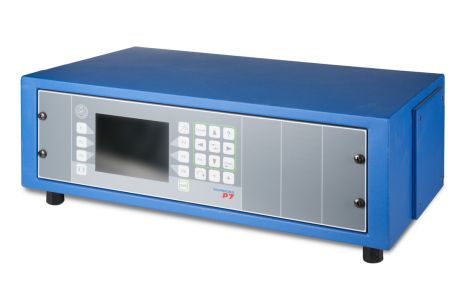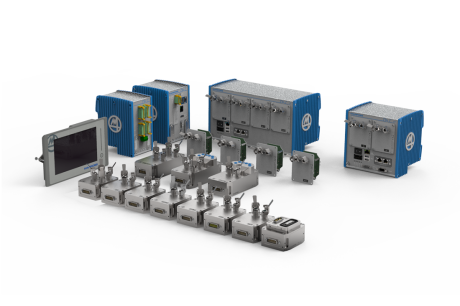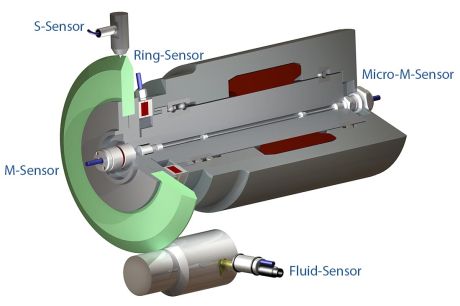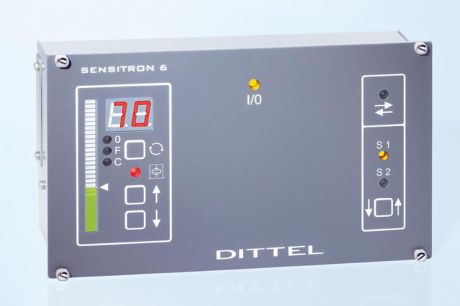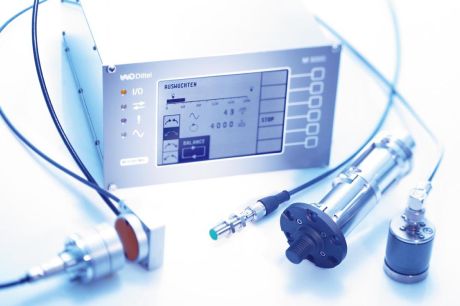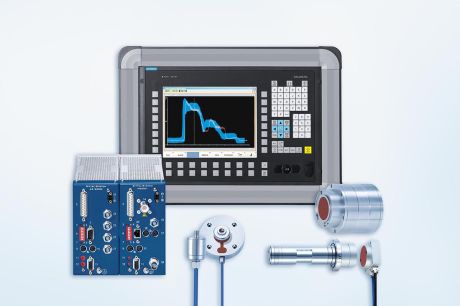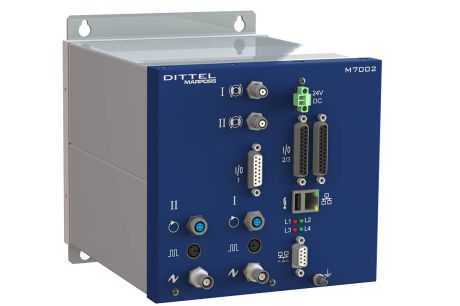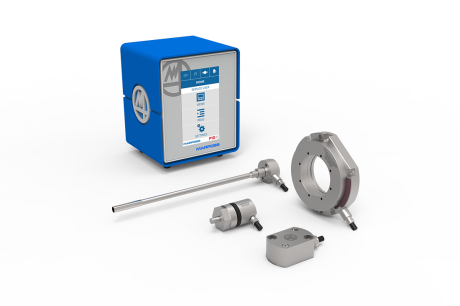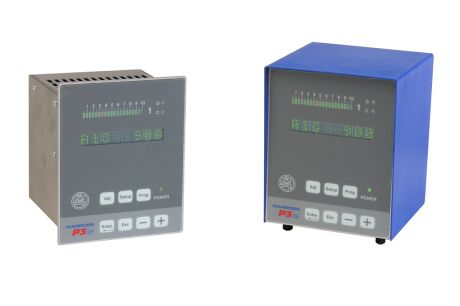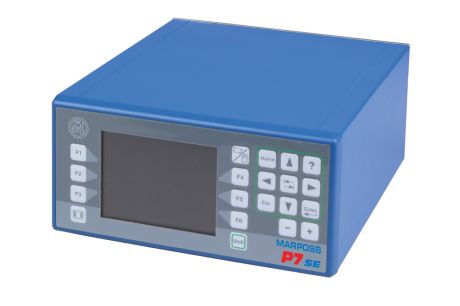Grinding Machine Monitoring
The keys to an economical production process are increased productivity and low maintenance costs. They can be achieved by real time controls of events that are not part of the machining process or the machine conditions. Being able to control events such as the approach speed of the grinding wheel to the part or the dressing and the dressing depth increase the reliability and the flexibility of the machining process.
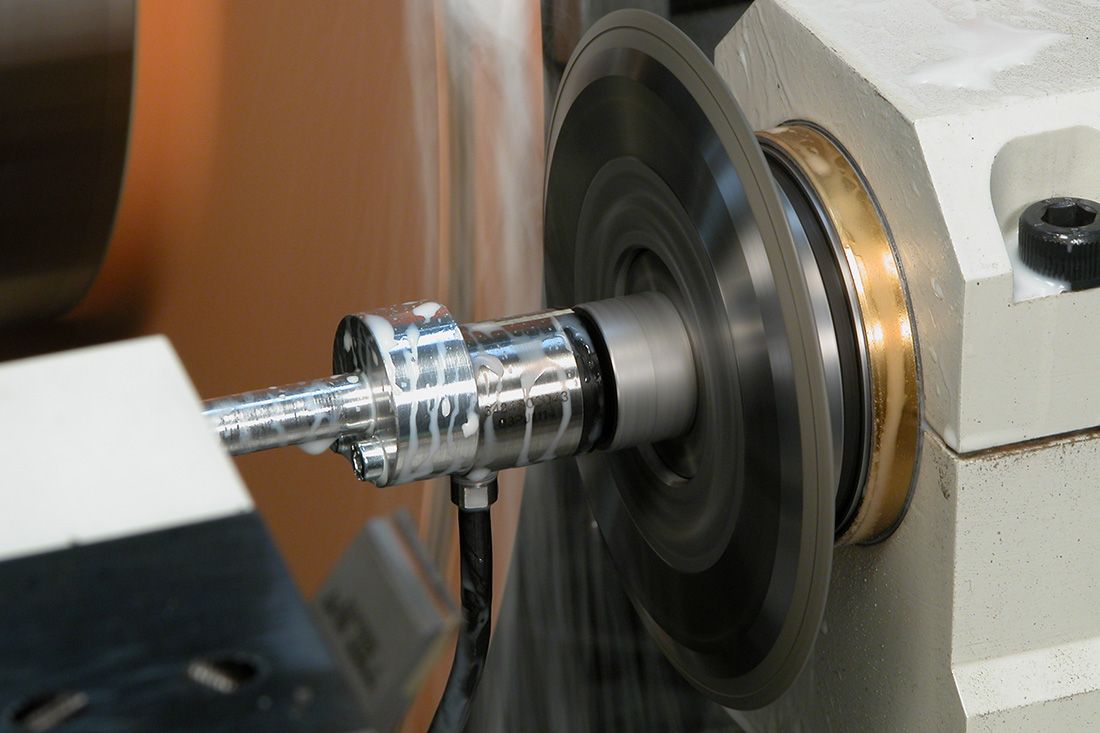
The monitoring systems are designed to detect minimum variations in the physical sizes during the grinding operations, allowing for an extremely precise control of the feed speed when the grinding wheel touches the part or the dresser These systems are particularly useful in preventing collisions and detecting any machine or tool faults, splinters on grinding wheels and defects of the dresser.
- Do you want to reduce the grinding cycle times?
The air gap check reduces the cycle times, by optimising the change in the grinding wheel approach speed. - Do you want to increase machine safety?
The collision check prevents the risk of catastrophic damage to the operator, grinding wheel or machine. - Do you want to improve the dressing cycle?
The dressing control detects the grinding wheel-dresser contact to speed up the dressing cycle and prevent damages to the grinding wheel. - Do you want to optimise the dressing of CBN grinding wheels?
The CBN grinding wheels require a specific acoustic analysis to optimise the dressing operation, due to the extreme cutting conditions and high costs of the abrasive material. - Do you want to reduce grinding costs?
The system monitoring reduces the costs of the grinding operations and saves the grinding wheel. - Do you want to save on maintenance costs?
System monitoring increases the safety of personnel and prevents damages and high maintenance costs.
MARPOSS/DITTEL provides a wide range of monitoring systems for grinding machines based on acoustic emission sensors. They are able to meet various requirements, including the continuous control of the process and the air gap check, the dressing and the grinding wheel and part collision.
There are two series of acoustic sensors:
- Fixed acoustic sensors: the sensors consist of a single piece and the signal can be transmitted in air or through a liquid. Different dimensions are available to meet every application requirement.
- Contactless acoustic sensors: the sensors consist of a fixed part (stator) and a rotary part (rotor), but have different shapes and dimensions to meet every application requirement. The signal is transmitted without a direct contact between the rotor and stator.
BROCHURES AND MANUALS
| Brochure | |
|---|---|
| English |
(549.74kB)
|
| Italian |
(554.03kB)
|
| German |
(555.05kB)
|
| French |
(553.28kB)
|
| Spanish |
(552.04kB)
|
| Czech |
(600.43kB)
|
| Japanese |
(1.10MB)
|
| Simplified Chinese |
(4.54MB)
|
